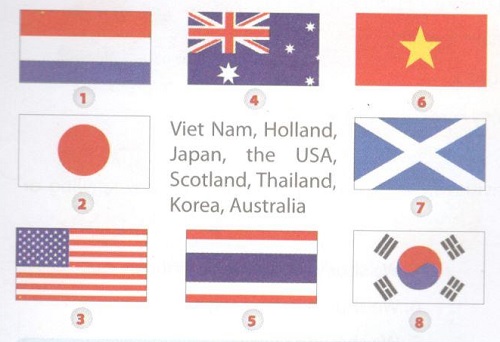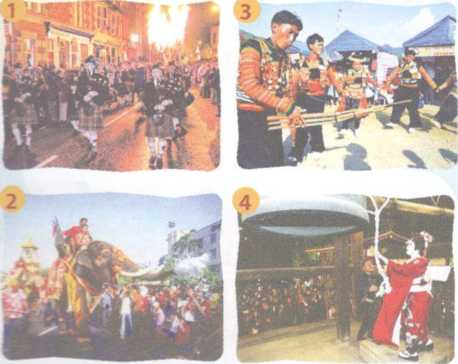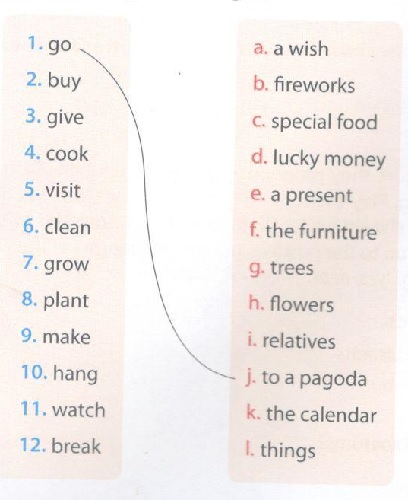6.....................I'll do it myself
A.No, thanks
B.Yes, please
C. Don't do it
D. Of course
7.I find dancing.............because we can work with music
A.interesting
B.is interesting
C.it is interesting
D.to be interesting
8.I like............to my friend in my free time
A. talk
B.talks
C.talking
D.is talking
9.My hobby is ........my bike to school
A.riding
B.ride
C.to ride
D.rides
10.She...........going to the cinema
A.loves
B.love
C.to love
D.loving








6.....................I'll do it myself
A.No, thanks
B.Yes, please
C. Don't do it
D. Of course
7.I find dancing.............because we can work with music
A.interesting
B.is interesting
C.it is interesting
D.to be interesting
8.I like............to my friend in my free time
A. talk
B.talks
C.talking
D.is talking
9.My hobby is ........my bike to school
A.riding
B.ride
C.to ride
D.rides
10.She...........going to the cinema
A.loves
B.love
C.to love
D.loving
6. C
7. A
8. C
9. A
10. A